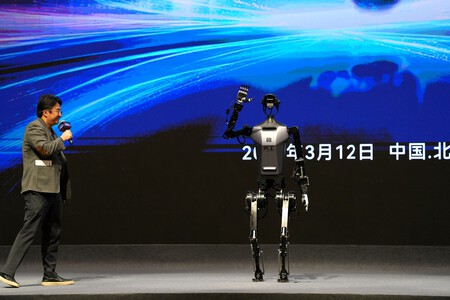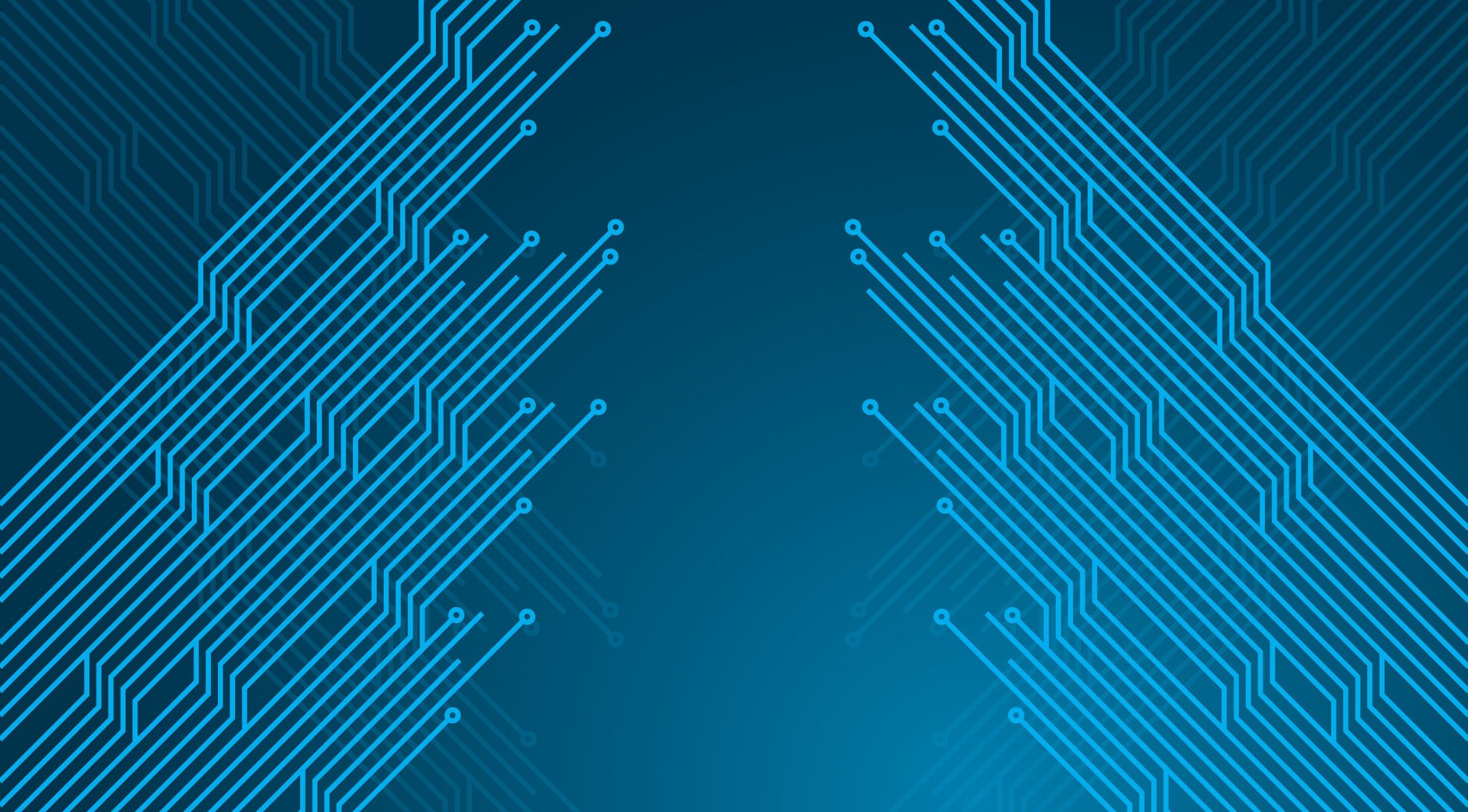Humanoid robotics is ceasing to be a laboratory experiment. Bank of America Global Research believes that its mass adoption could begin in 2028, with an industry that, if the forecasts were fulfilled, will move billions annually. Actually, the change is already underway: in 2025 about 18,000 units should be delivered and it is expected that by 2030 the million annual shipments will be reached, with a view to exceeding 10 million around 2035.
While Tesla, Boston Dynamics and Figure AI develop their own humanoids in the US, in China a strategic alliance with global ambitions has been forged. As Sina, Huawei, one of the country’s largest technology, and Ubtech Robotics, one of the most consolidated developers in the sector, have signed an agreement to collaborate in the development of humanoid robots destined for factories and homes.
China steps on the accelerator in the humanoid robots sector
The announcement was made in Shenzhen, a city where both companies are headded and considered by one of the main technological centers in southern China. As explained, the objective is to accelerate the transition of humanoid robotics “of laboratory innovation to the Large -scale adoption in industrial, domestic environments and other scenarios. ”Huawei will contribute its Ascend and Kunpeng processors, as well as cloud computing capabilities and generative AI models.
The Alliance also contemplates the creation of an innovation center dedicated to the so -called “incarnate intelligence”: an approach that seeks to integrate cognitive functions into robotic bodies, which requires advanced coordination between algorithms, sensors, movement control and decision -making in real time.
According to Leaderobot consultant, the Chinese humanoid domestic market could double this year and reach 5.3 billion yuan (about 665 million euros). Several of the country’s main manufacturers have already announced plans to overcome 1,000 units produced in 2025. Ubtech is one of them. Its president, Zhou Jian, confirmed it in March.

Tien Kung Xingzhe, uno de los robots de UBTech
This movement is part of a broader national strategy. As the New York Times details, the Chinese government is betting on industrial automation as part of its response to several challenges: commercial challenges, the fall in birth and aging of the population. In factories such as Zeekr in NOBO, robots already perform tasks that previously required specialized labor. The objective is to maintain low costs and reinforce global competitiveness.
And there is more. With the aim of encouraging the adoption of humanoid robots in the automobile industry, the Chinese authorities asked manufacturers to rent units, record videos in real environments and send them to the government. Even in the symbolic field there are forceful gestures: in April, Beijing organized a half marathon with 12,000 human runners and 20 humanoid robots. Only six crossed the goal, but the message was clear.
Bank of America Global Research expects this sector to evolve in three stages: first in factories and logistics (2025-2027), then in commercial and educational services (2028-2034), And finally in homeswith care and domestic applications from 2035. If the forecasts are met, in 2060 there could be 3,000 million humanoid robots in use worldwide.

The challenge is not less. There are still technological bottlenecks, high production costs and dependence on tools and chips manufactured outside China. But with alliances such as Huawei and Ubtech, the Asian giant seems to be taking another determined step not to be left behind. What is clear is that the career to develop more advanced humanoid robots is underway.
Images | Rubaitul Azad | Ubtech Robotics
In WorldOfSoftware | Klarna presumed that AI did the work of 700 people. Its quality is so low that it is rectuming humans












